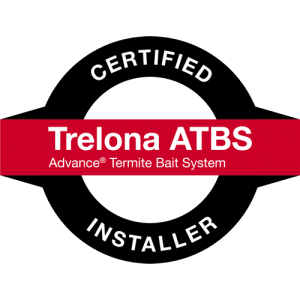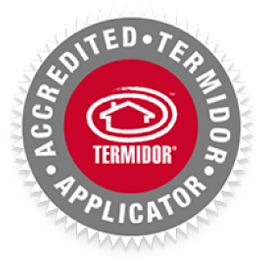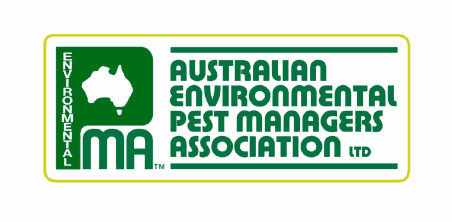Termites Highvale, Brisbane Northside, Queensland
Termites have been our focus in Highvale since Conquer Termites Northside started in 2006. With 8 local technicians we are regularly in Highvale. Each of our technicians is expert trained, are family men and women with the latest termite detection equipment and hand picked for trust. 200+ 5 star reviews is demonstration that Conquer Termites Northside is the company to call about your termite problems. What’s more, we guarantee* it.
Direct your questions to us on 07 3356 8801 or complete our enquiry form.
Services for termites in Highvale include:
Highvale termite inspections
Termite barriers in Highvale
Highvale termite eradication
Pre purchase inspections Highvale
Australian Standard pre-construction termite treatments for renovations and extensions
If you think you’ve got white ants in Highvale then you have termites!
Call on Conquer Termites Northside for your termite and pest control problems on (07) 3356 8801
Highvale Termite Treatments
Street Date Treated
Sky Drive Highvale 2021
Highvale Termites Inspections Data
Metric Rating (1 Low - 10 High)
Forestry index 8 - above average presence of forestry
Water index 5 - creeks lay within the area
Paperbark index 7
Gumtree index 6
Density 1
Developed 1995 – 2010
Did you know this about Highvale?
Highvale is the home for an active horse riding community. The name originated from a model farm known as Highlands.










